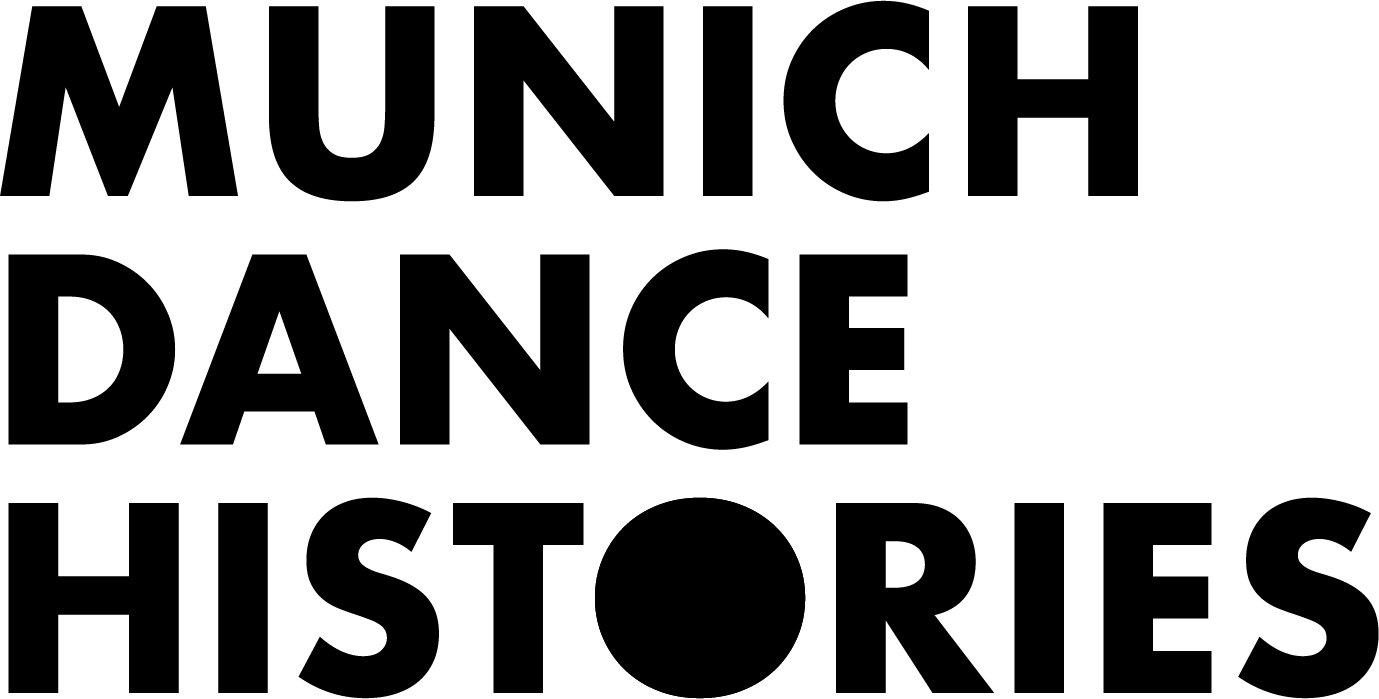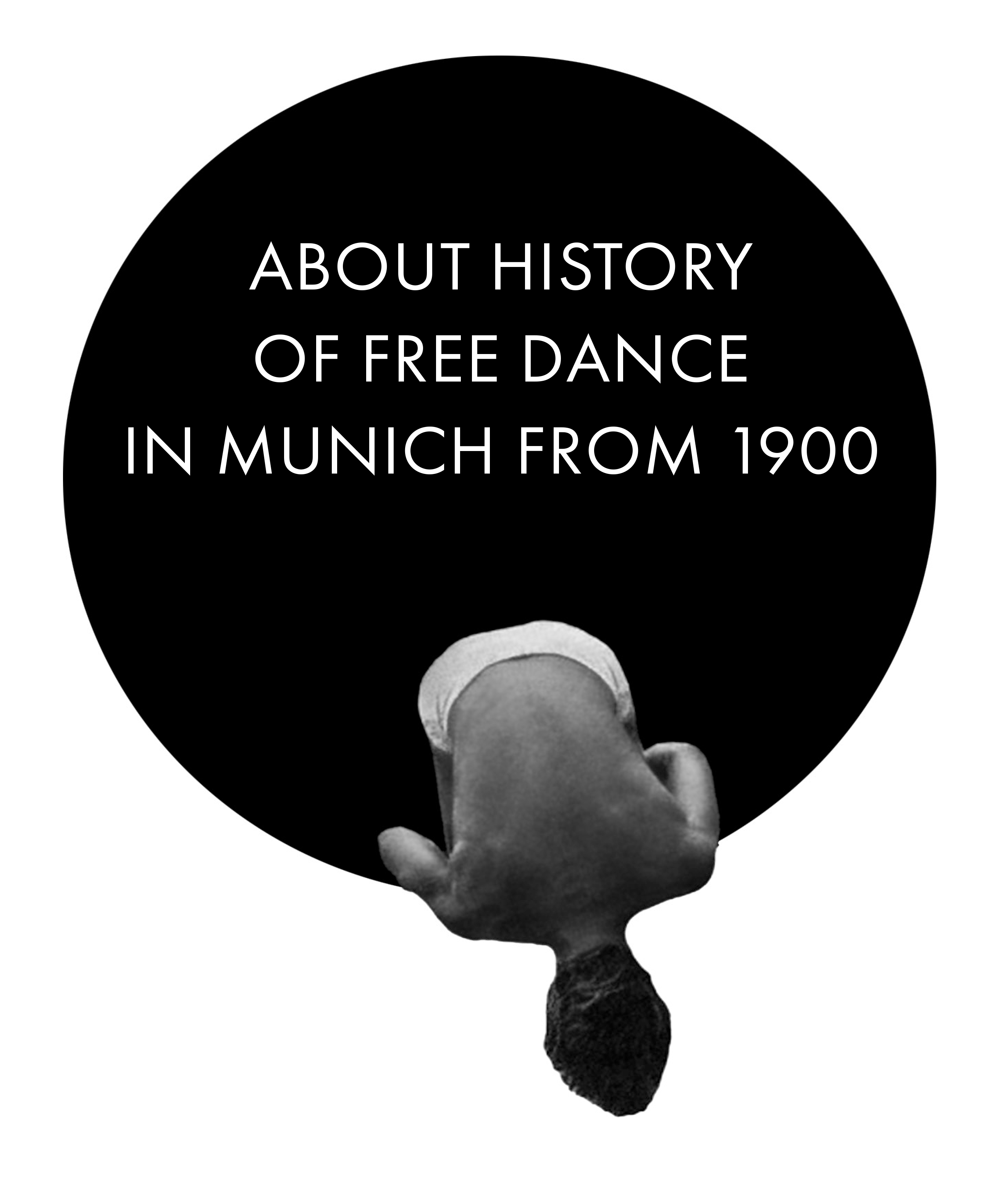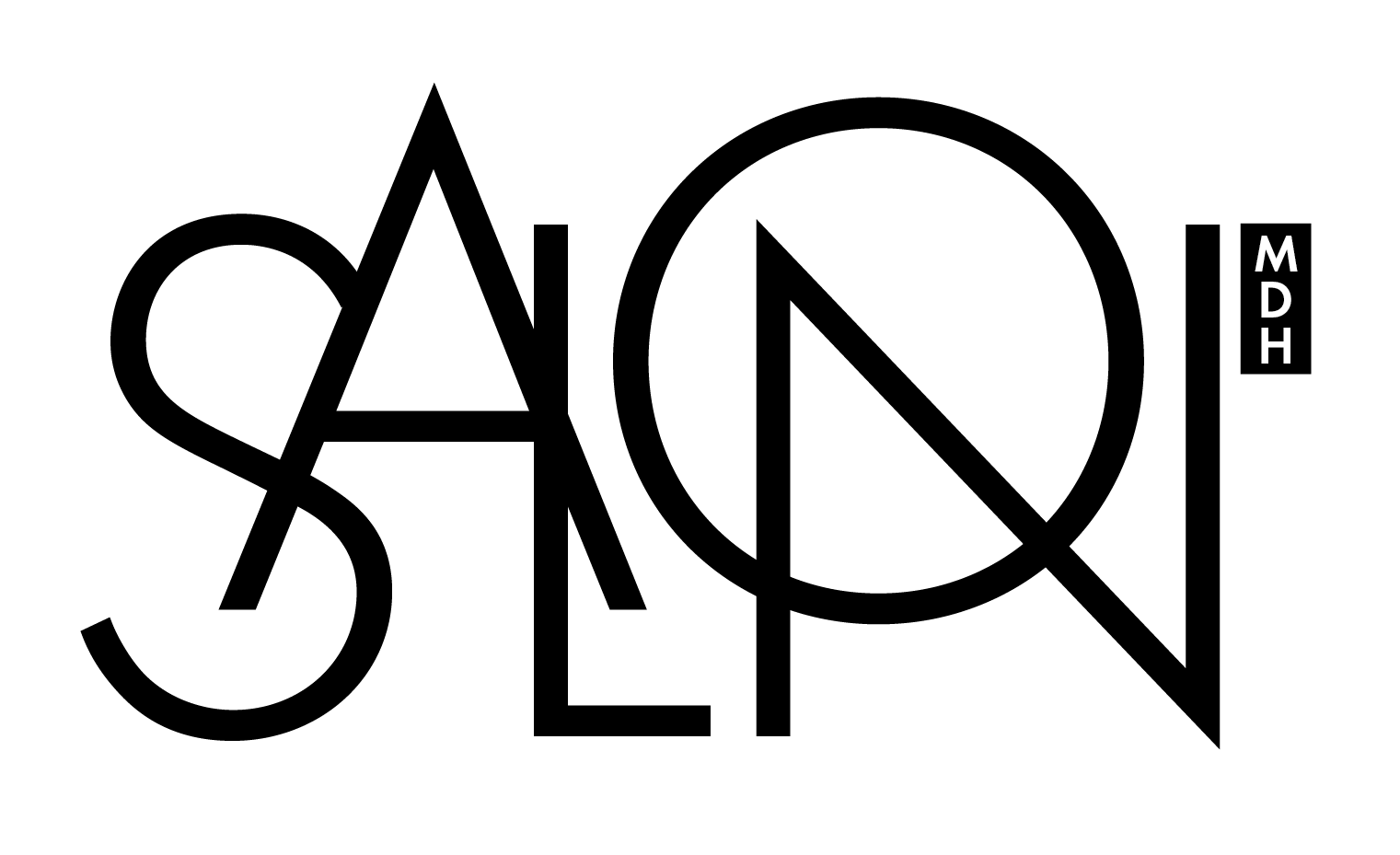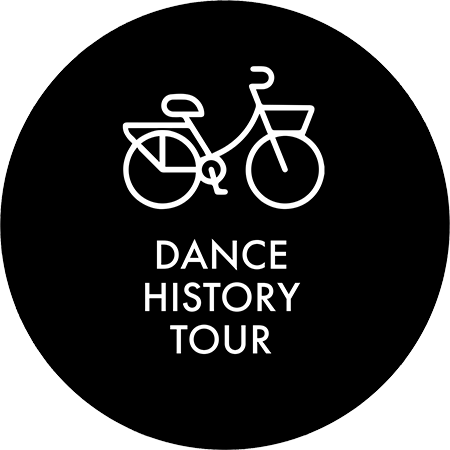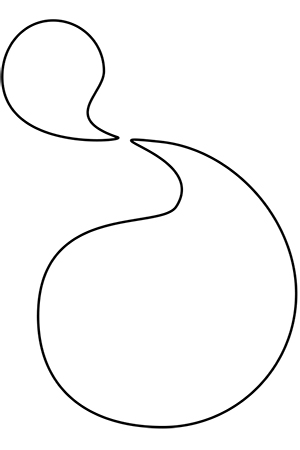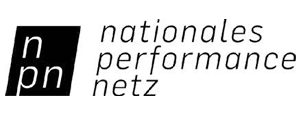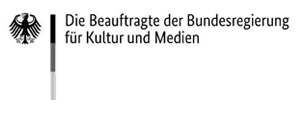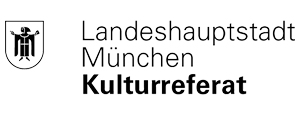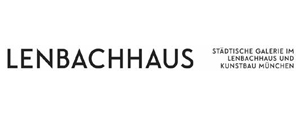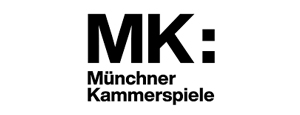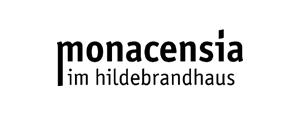Munich Dance Histories
An archive on the history of independent dance in Munich from 1900 to the present: we offer information on prominent and forgotten Munich dancers, dances and work complexes, important guest performances and festivals, stage and performance venues, schools of dance and movement, dance photography and dance journalism in Munich as well as artistic and cultural contexts.
As a constantly expanding mosaic, “Munich Dance Histories” also presents re-enactments as well as historically reflective and archival projects by Munich dance practitioners, offers access to archives and the handling of documents, illuminates aspects of historical knowledge in dance education, connects to current research, and invites users to share their documents and memories.
“Munich Dance Histories” thus builds a bridge from history to discourses and to dance of the present day. This creates a living Munich dance archive with academic and artistic curation and simultaneously also with open content.
What is special about dance in Munich in the early modern era?
Thomas Betz
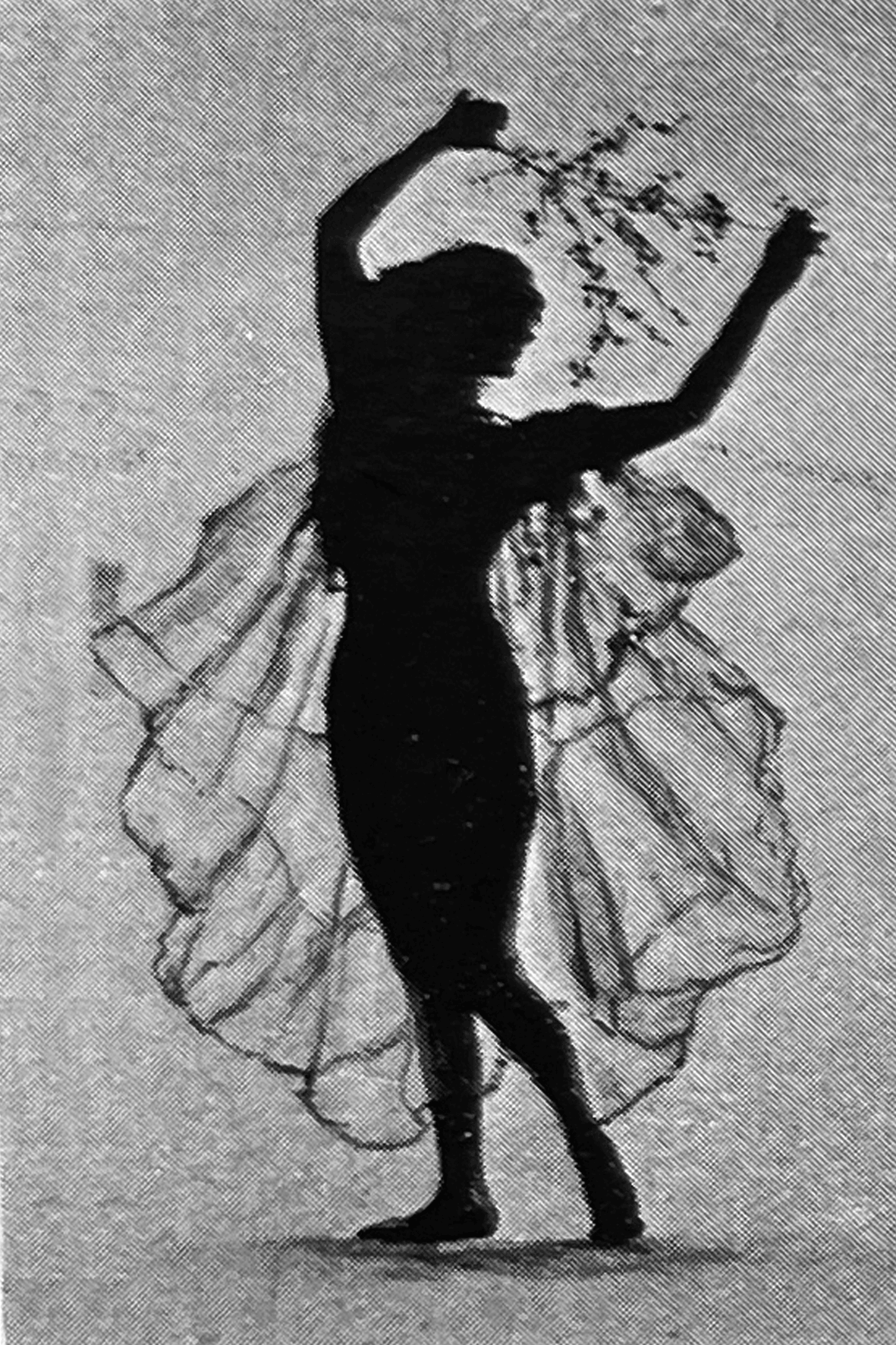
Adoreé Villany: »Silhouetten-Tanz« from: Tanz-Reform und Pseudo-Moral, published by Adoreé Villany, Paris 1912, p. 68 | © Münchner Stadtbibliothek / Monacensia
How did dance in Munich differ, for example, from dance in Vienna, Dresden or Berlin?
Brygida Ochaim
Dance History Tour
A brief overview of the stages along the “DANCE History Tour”: in live dialogues, guides explain dance-historical and cultural contexts, and also present documents and re-enactments related to the beginnings of modern dance in Munich from 1900 to 1919. Munich is where Isadora Duncan began her tour of Germany in 1902. Bavaria’s capital city is also where the first independent dance scene crystalised – with Sent M’ahesa, Clotilde von Derp, Alexander Sacharoff, Rudolf von Laban, Mary Wigman and others.
People
Dancers, choreographers, teachers, photographers, publicists, artists, organisers and supporters are presented – because new practices and discourses have arisen since the new art form of modern dance first emerged around 1900.
Places
Venues and meeting places for dance in Munich associated with special performances and events, from the earliest years of modern dance (which had to struggle to be granted access to existing venues), through the emergence of established modern dance in the off-scene in the 1970s, to today’s institutionalised venues and provisional locations of the independent dance scene: theatres and vaudevilles, concert halls and museums, salons and studios, former barracks and industrial halls and, last but not least, public space.
Documents
Here you can find texts, photos, films, audio recordings, paintings and graphics as well as publications and found objects of all kinds related to Munich’s dance history. Briefly explained or with detailed commentaries.
Events
Crucial moments in the history of a new art form of the human body from 1900 to the present day: groundbreaking and often controversial performances made new visual experiences possible, broken taboos, were censored or banned, and caused scandals. Also encounters, cooperations and networks among representatives of dance and the cultural scene illustrate the role that modern dance has played in social change.
Discourse
Contexts of dance and new perspectives on dance: in art and practice, journalism and academia.
Currently
An archive, a platform, a forum: here you can learn more about “Munich Dance Histories”, projects related to Munich’s dance history, and collaborations with artists and institutions. Share your documents and memories with us and everyone else!
